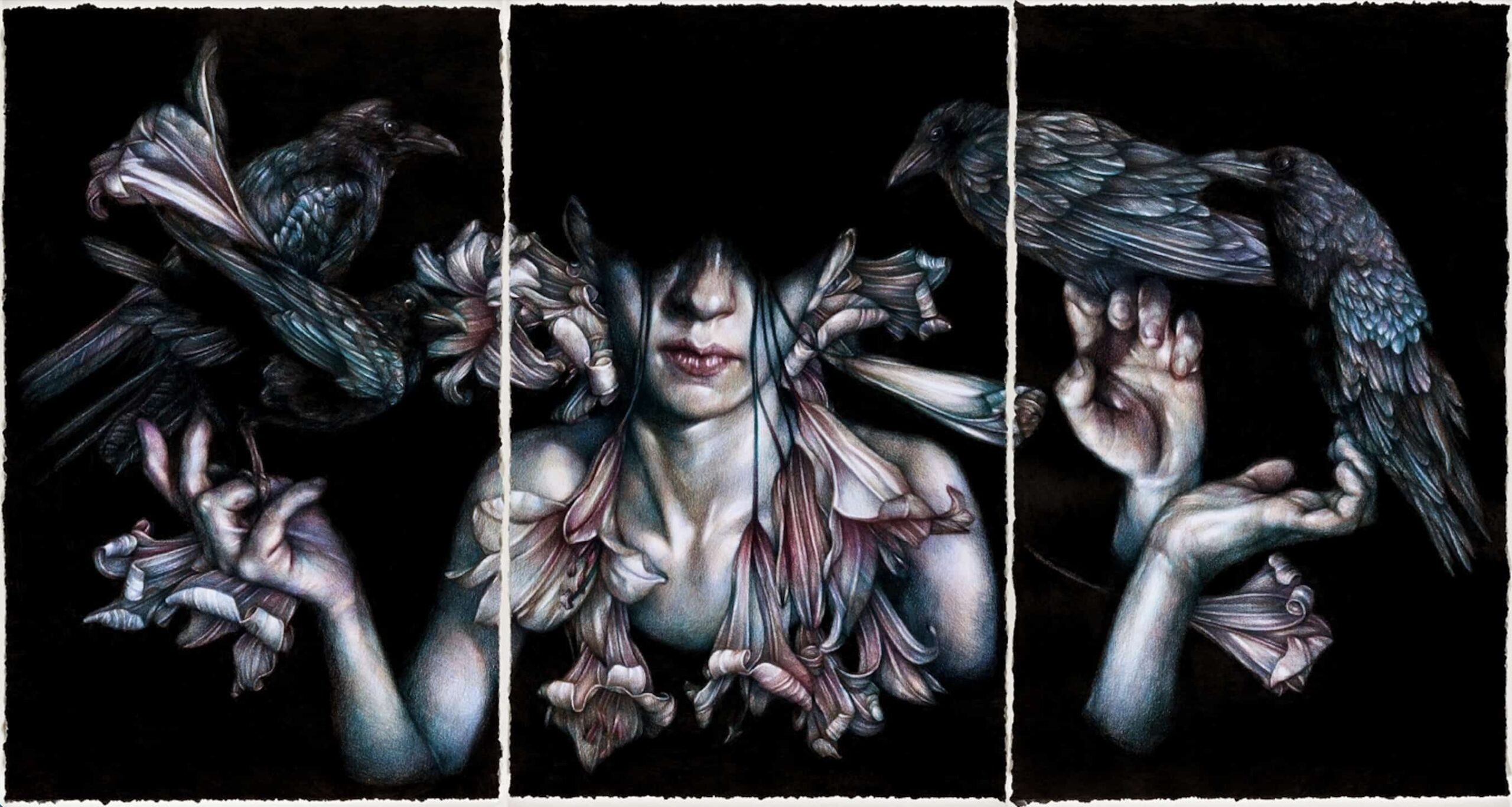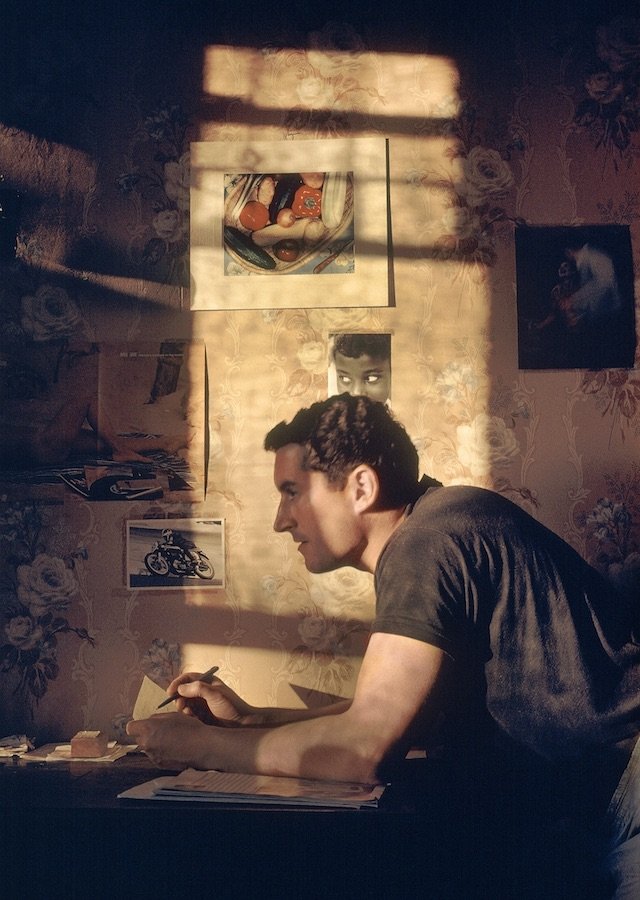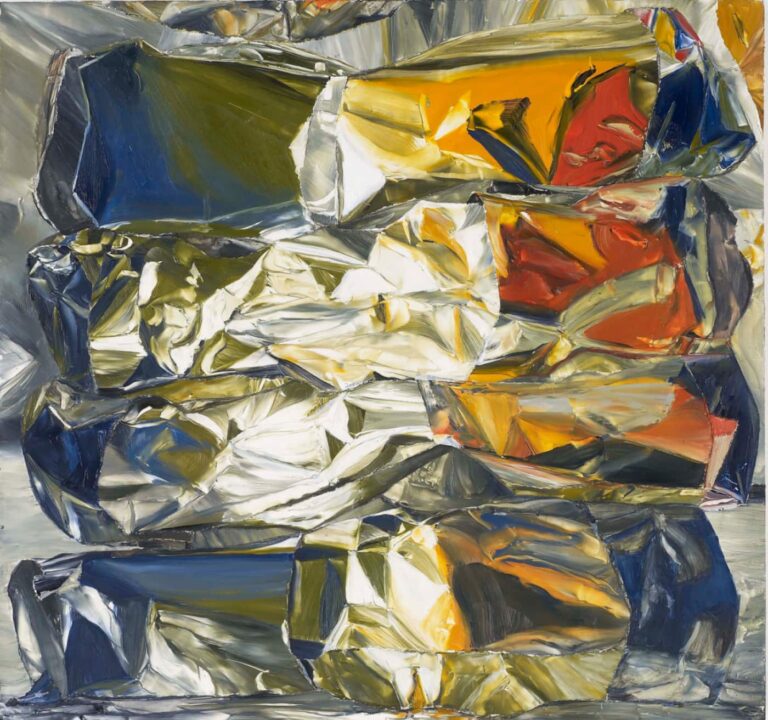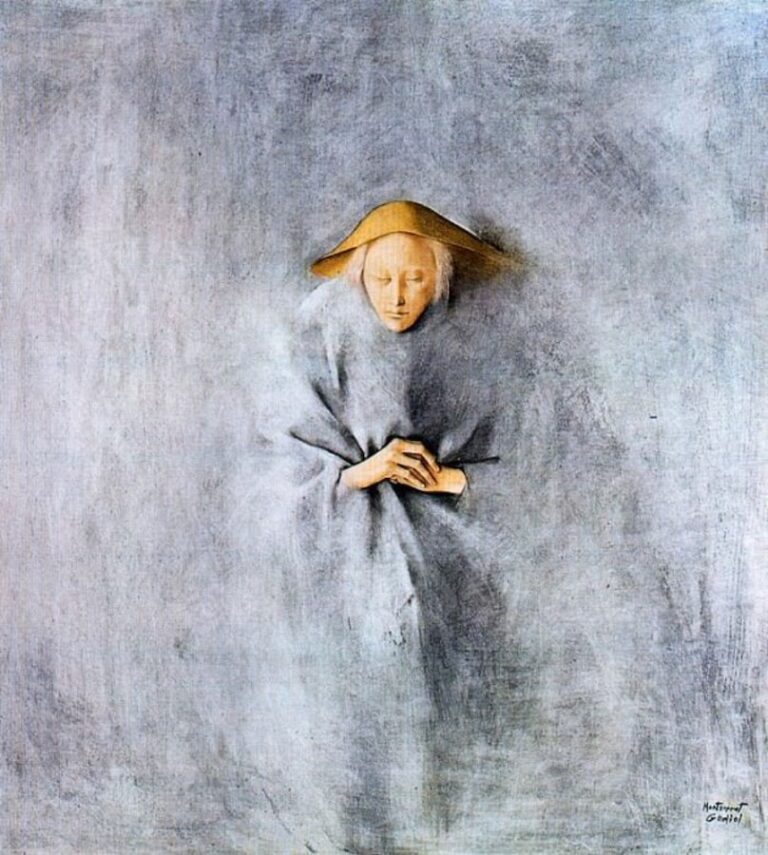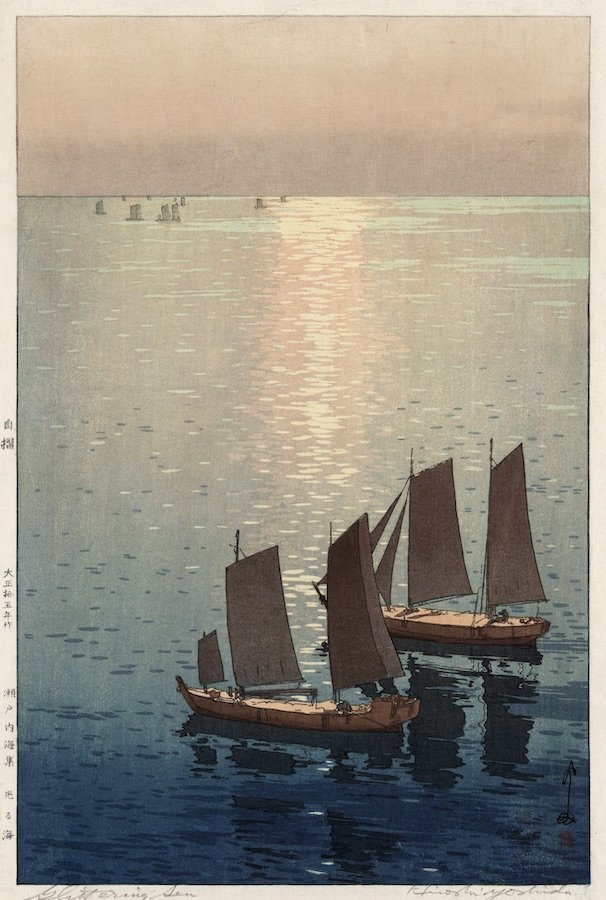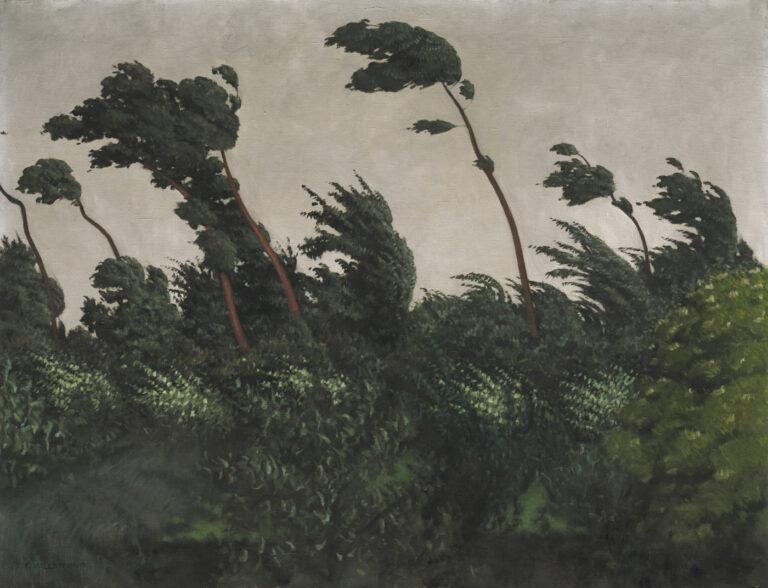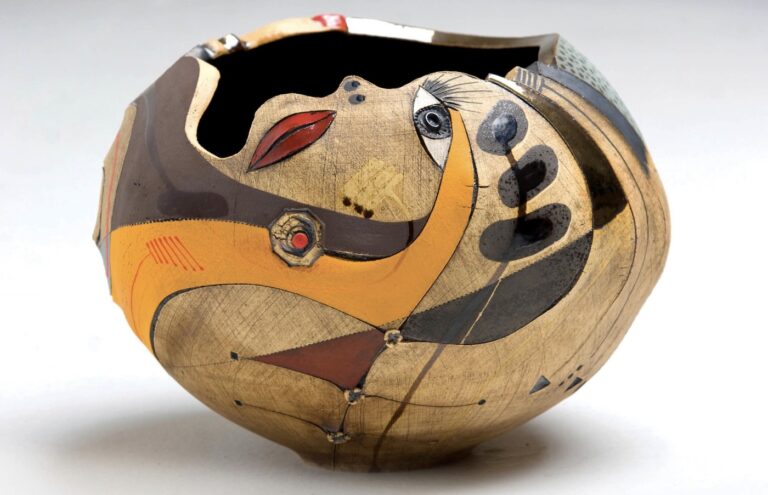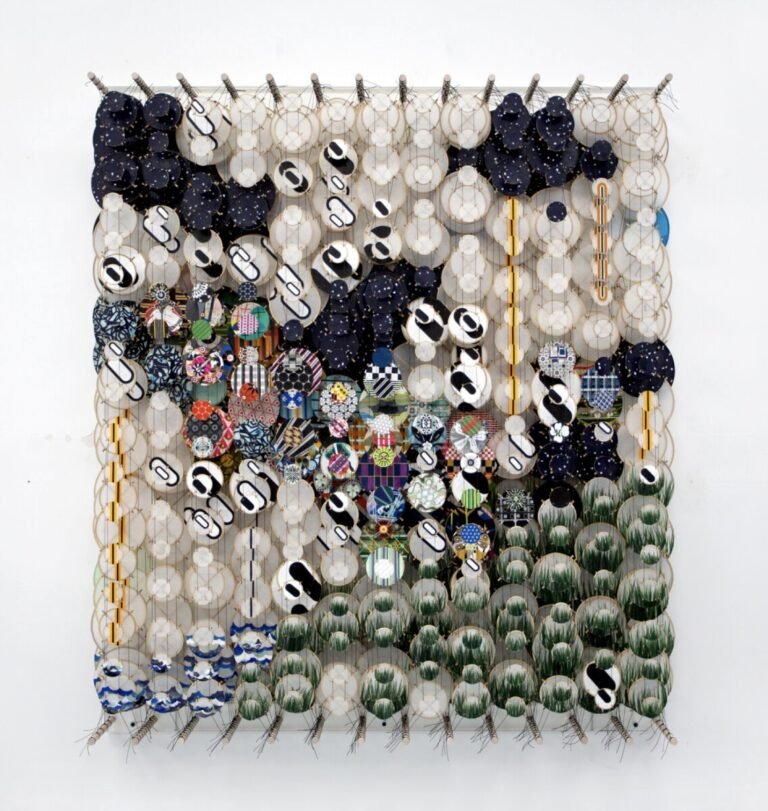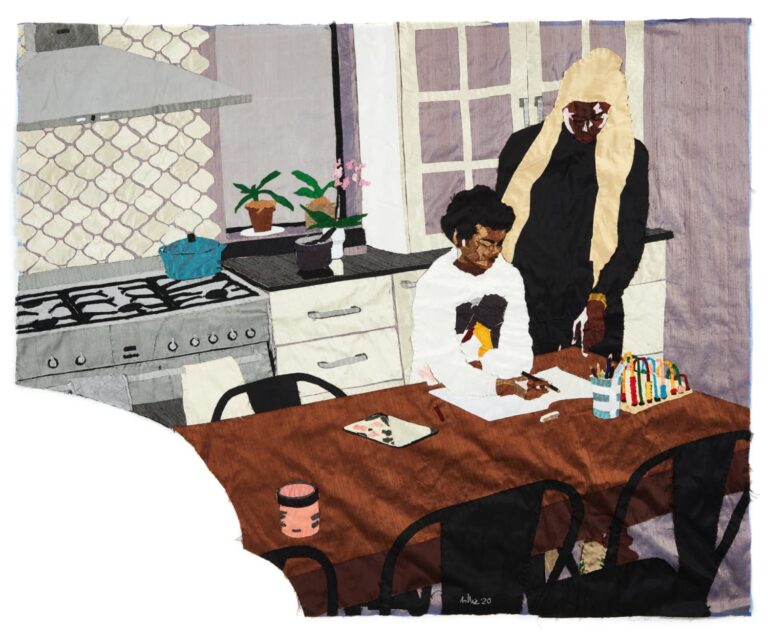Eyes are the windows to the soul, a phrase often repeated within art school and one Marco Mazzoni has transformed, the eyes within his models being replaced with flora, butterflies or the wings of birds. But don’t mistake this as being overtly pretty, there is instead something disturbing within Mazzoni’s gothic drawings. The images are richly detailed through the use of coloured pencils and a strong play of light and shadow; the repeated contrasts producing of layering of depth typically associated with classical artists. The technique known as chiaroscuro adds a three-dimensional volume and an increase of the dramatic, which Mazzoni’s art oozes.
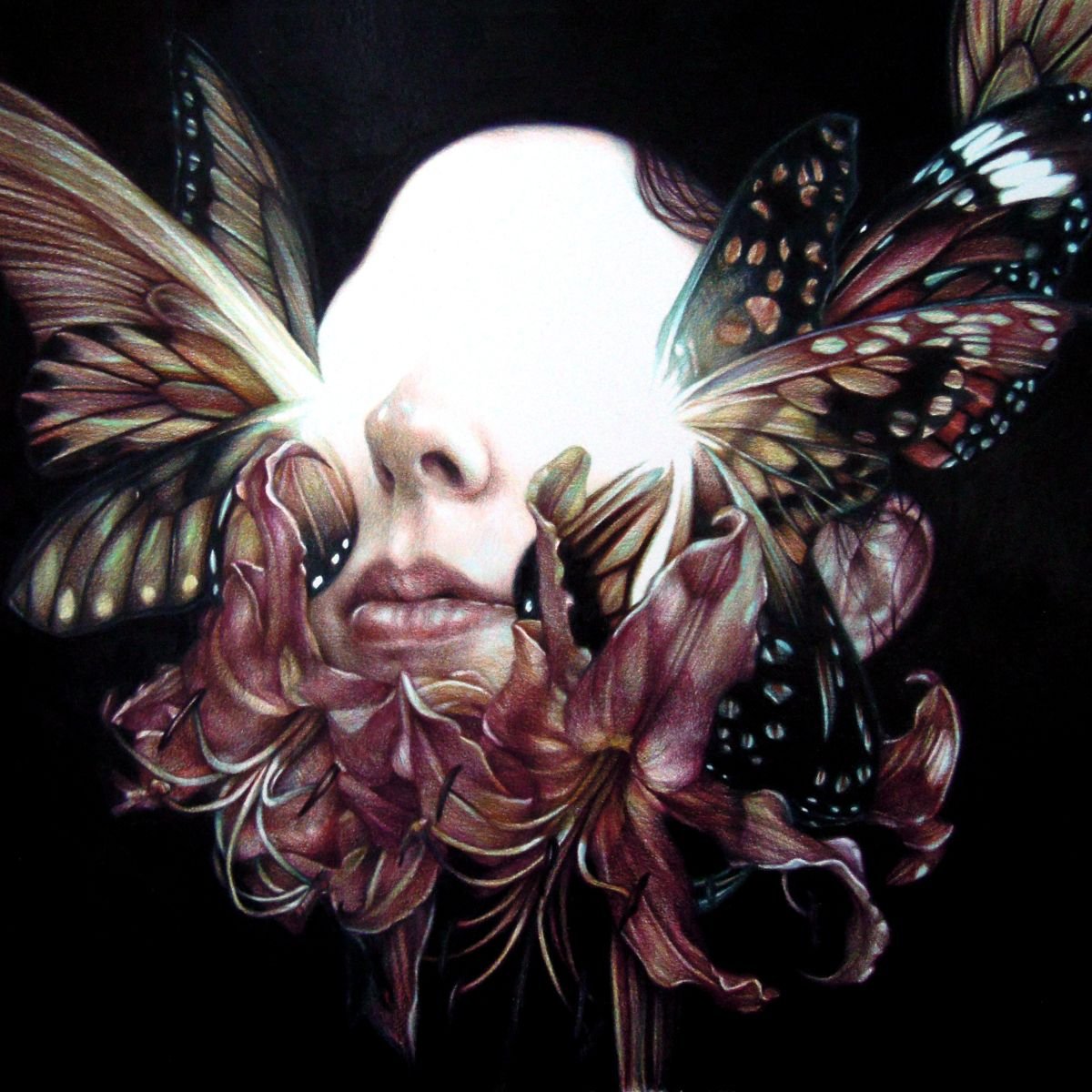 Walkabout, 2011, Marco Mazzoni.
Walkabout, 2011, Marco Mazzoni.
If the eyes of Mazzoni’s models aren’t filled or covered in their sight by flowers, they are instead blackened out and caved inwards like giant holes, or to be missing entirely in the bright whites of his paper. The reason for all of this is to have the models be anonymous, to be anyone, or anything. In these figures of women, Mazzoni explores both Sardinian folklore; displaying the stories of Janas (fairies who are with a child from their birth to their death, and which can be both good and bad), Cogas (witches who kill male babies to feed on), and Panas (women who died in childbirth and are vengeful on those who disturb them). Leaving the question, which ones are which in the female figures of Mazzoni’s work? Either way I’d tread carefully. But Mazzoni also explores the history of Italy’s herbalists, who at the time were ostracised and cast out for their healing methods – the religious authorities framing them as working in and producing ill witchcrafts. But in Mazzoni’s work he has taken this back, and instead shows respect for these women by merging them to be a part of the very plants known for their healing properties, while featured birds and butterflies as pollinators are a part of the system in helping them. Thereby portraying the interconnectivity between women and nature, a working balance.
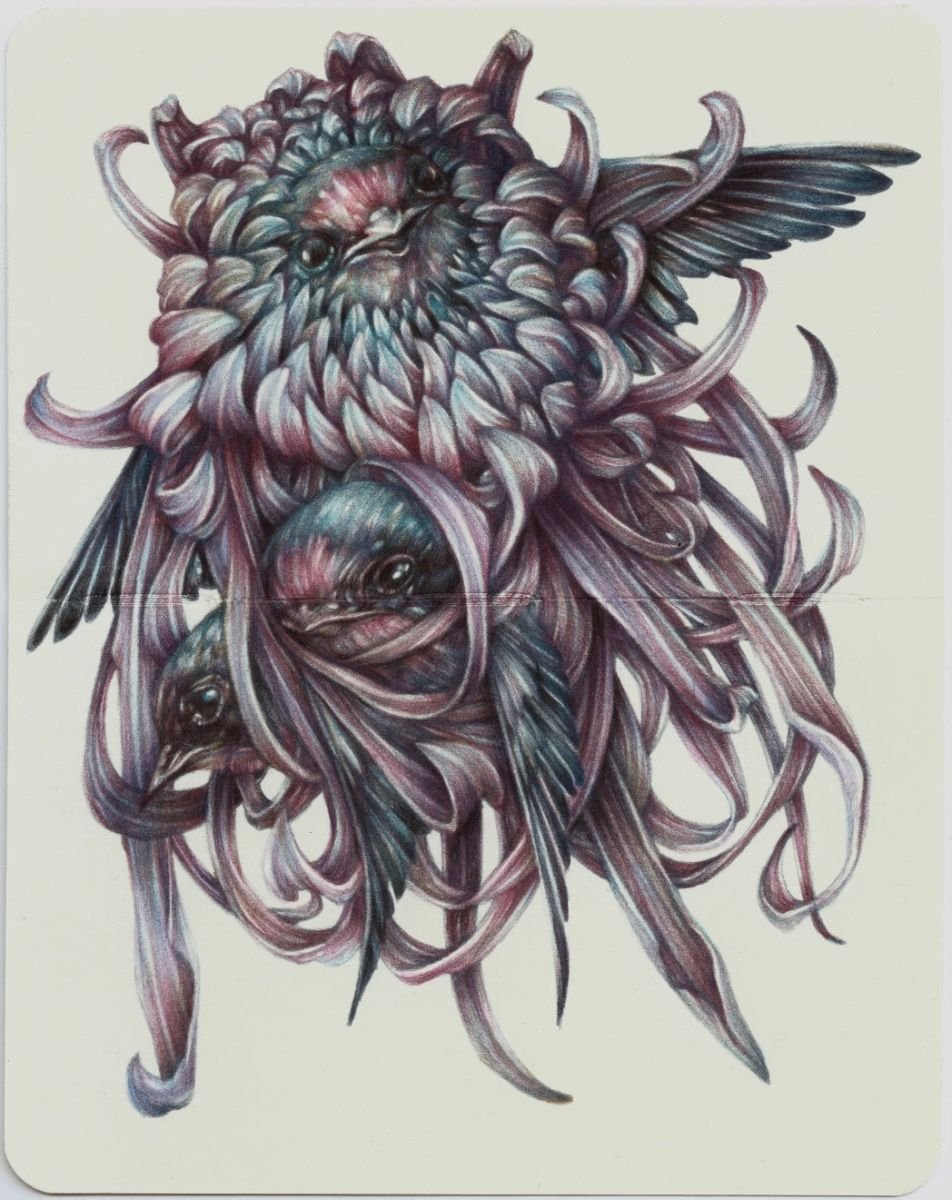 Untitled, Unknown Year. Sketchbook Series. Marco Mazzoni.
Untitled, Unknown Year. Sketchbook Series. Marco Mazzoni.
In other works of Mazzoni, this balance is looked at just within nature itself, the animals formed as one with the flora, though it’s unclear whether this is a partnership or a destruction of one over the other – maybe even of each other. In his series ‘Illustrated Encyclopedia of Mental Diseases’ the fauna are shown to be intertwined in self-destruction, hurt and suffocation, or from their eyes or head protrude sticky strands almost fungus-like in appearance, or plants that are withering or overwhelming them to death. The harmony of of nature, which should be in sync, is instead lost – and thereby showing the internal chaos and pain that’s experienced for someone with mental health difficulties.
Unsurprisingly, with such an ability to tell a thousand tales from just one image, Mazzoni’s narrative greatly varies as does his inspiration; ranging from folklore, to exploring the difficulties of mental illnesses. If this isn’t enough the artist’s sketchbook is really an art display in itself; holding many depictions of creatures, unsettling scenes, to faces of interest that will keep you wanting to stare into the abyss of his work.

